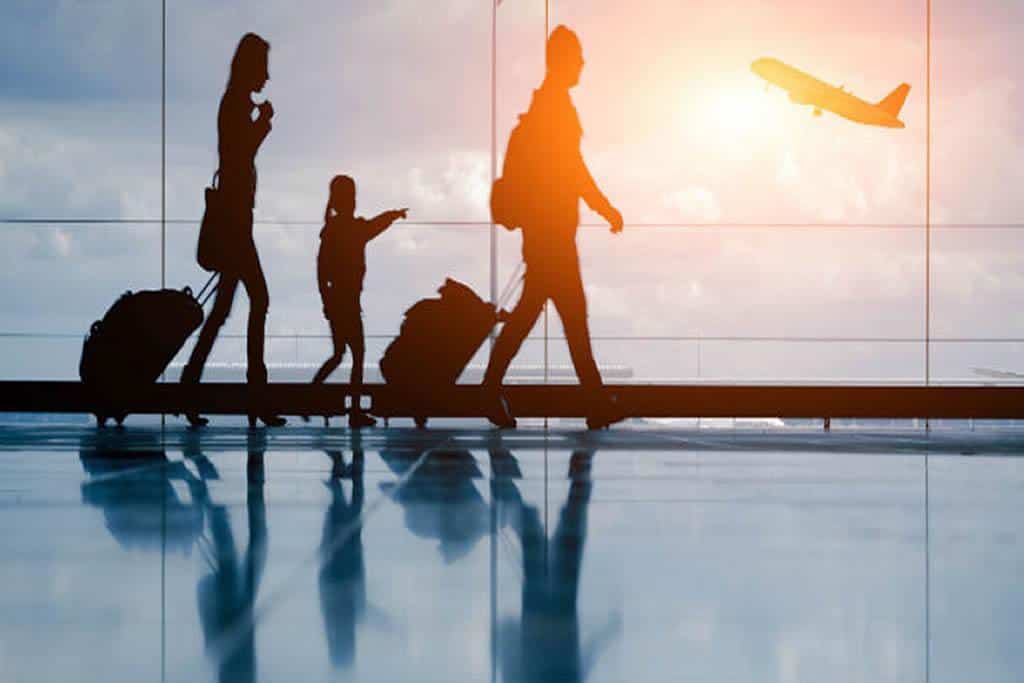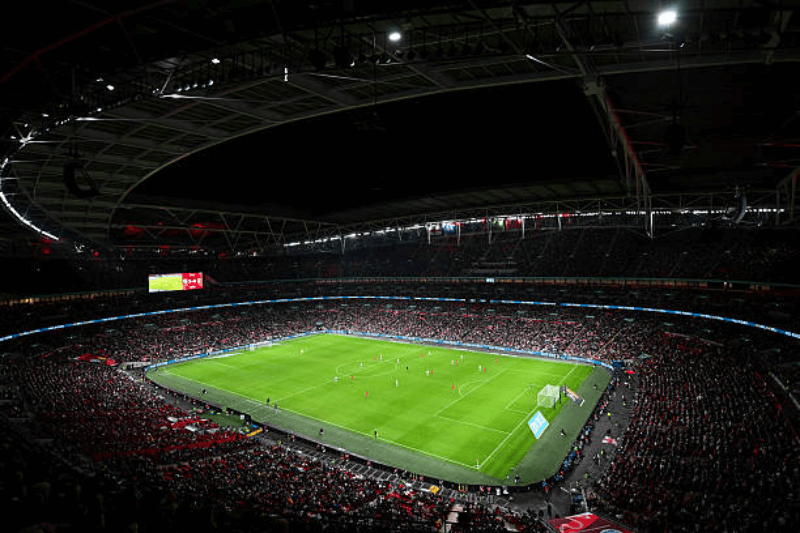
What will travel look like after Covid-19?
Last updated on February 27th, 2023 at 11:14 am
In these days of preventive quarantine, more or less all of us are wondering how and when our lives will return to normal. With summer approaching in Europe, people are already thinking about what it will be like to travel after the coronavirus. The biggest doubts naturally concern the areas of tourism and transport which risk being desertificated by the measures adopted by the various governments in response to COVID-19. In fact, most countries have closed their borders also suspending their air traffic. However, policy makers should begin to consider the fact that the virus will not disappear and therefore it will be useful to understand how to live with it.
“The aviation industry will disappear after Covid if we do not make a mental and practical revolution. On 11 September he tickles the comparison”. Giulia di Cato, international civil aviation safety expert who provides training for airlines and airports staff around the world for the Aviation Training Services (ATS) in a long post on Facebook explains. She suggests: “Let’s imagine taking a trip now. Let’s start with the check-in: we will no longer be able to create long lines of people piled up because we will need to maintain distance and therefore, we will need more open registration desks. We proceed to the security check: here too, distanced waiting queues and we will have to think about a security check that does not include physical contacts between the security staff and the passengers. We have already the solution in front of our eyes for more than 10 years, it’s called body scanner”.
A body scanner is a whole-body imaging device used for airport security screening. It allows a body inspection, aimed at looking for weapons or explosives, without any physical contact with the security personnel. There are two types of body scanners, millimetre wave scanners and X-ray backscatter scanners. For privacy reasons, the head is excluded from the screening and images should be immediately deleted. The inspector is in another room and cannot see the person being scanned, but is in contact with other officials who can stop the person if something suspicious appears in the scan. The body scanners are not only able to keep the images captured during the scans, but are also equipped with features for sending them if needed.
To limit parking to the outside r-x and inside tac controls have to be reduced to the minimum: the passenger will no longer need to take out objects, separate computers, etc. “It was already foreseen by the legislation and it was starting be implemented”. Di Cato affirms, underlining that with the technology that exists for years, security control will be faster and safer and both passengers and security staff will benefit. Obviously, everyone will wear individual safety devices, such as masks and gloves, and if there is not a halt, we do not proceed and do not leave. In the imaginary journey of the Italian expert, we proceed to the boarding gate and if we want, we can also make a stop in the shops, but with the necessary distance and the necessary personal protections. “On the other hand, this will be our daily life from now on. Did we laugh before Covid when we saw the Chinese with masks going around the world? Well, now we can look in the mirror and laugh of ourselves. And since you know, the Italians are artists, we will certainly invent stylish masks, I would like one with ‘the Birth of Venus’ of Botticelli for example”. Play down Di Cato.
And now let’s go on board. How will it be possible to comply with the social distancing measures inside the aircraft? Hundreds of people on micro seats all stuck with zero legroom with risk of thrombosis? It can’t be done anymore! Finally, we will all have a living space, a normal seat, we will be able to move the legs and we will no longer have breath on the neck of the passenger next to us and the one behind that presses on our back. Advantage: we will finally be able to make a trip as we have desired for years. Will it cost more? “If the service is up to par, people will be willing to pay more for better service. What has been absurd so far has been paying for bad service and being crammed into planes like sardines”. The ATS expert pointed out, also assuming that many people will no longer travel, but only those who really need it will fly by reducing the gatherings at the check-in and the queues at the airports.
Some airlines are already gearing up for the future. Emirates in coordination with Dubai Health Authority (DHA) already introduced additional precautions. Passengers on 15 April’s flight to Tunisia were all tested for COVID-19 before departing from Dubai by conducting for the first time on-site rapid COVID-19 tests for passengers. The quick blood test was conducted by the Dubai Health Authority (DHA) and results were available within 10 minutes. This test was conveniently done at the Group Check-in area of Dubai International Airport Terminal 3. The airline’s check-in and boarding formalities have also been adapted with social distancing in mind. “Protective barriers have been installed at each check-in desk to provide additional safety measures to our passengers and employees during any interaction”. The company revealed adding that magazines and other print reading material will not be available, and while food and beverages will continue to be offered on board, packaging and presentation will be modified to reduce contact during meal service and minimize risk of interaction. Cabin baggage are currently not accepted on Emirates flights. Carry-on items allowed in the cabin are limited to laptop, handbag, briefcase or baby items. We need to fly again to win the challenge against COVID-19 and if for the moment we cannot defeat the enemy, we must learn to live with it
Also Read:- US, UK and France accuse Beijing of hiding the truth about the origin of COVID-19





[…] the outbreak of the Corona epidemic among the Iranian people as a result of the authorities’ leniency in encircling it since the […]